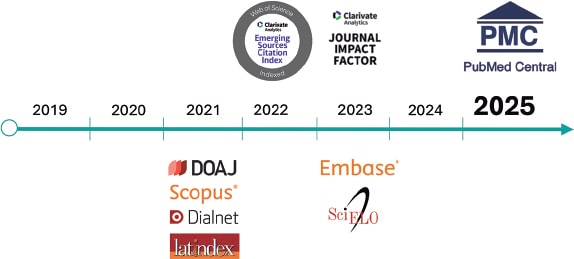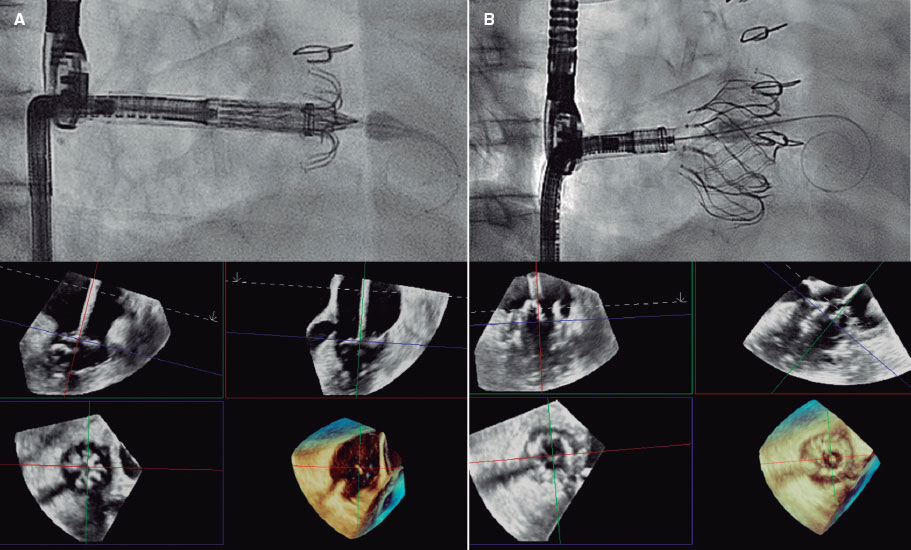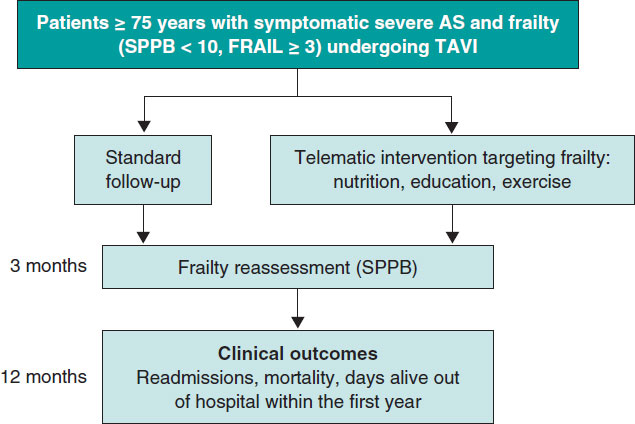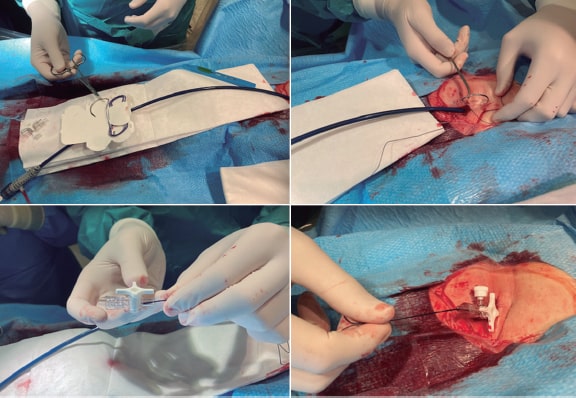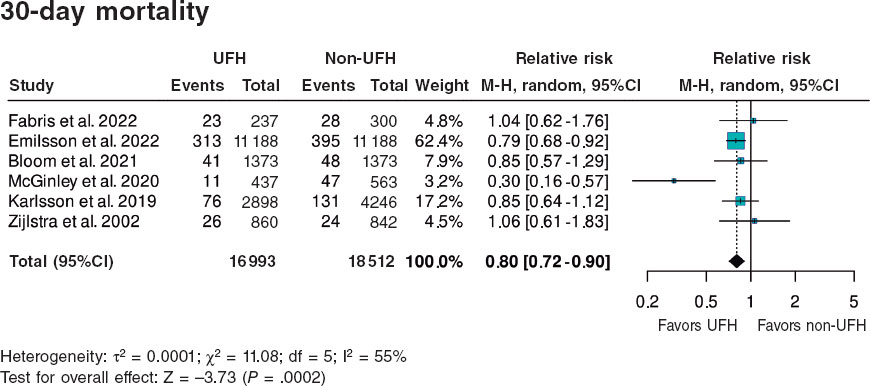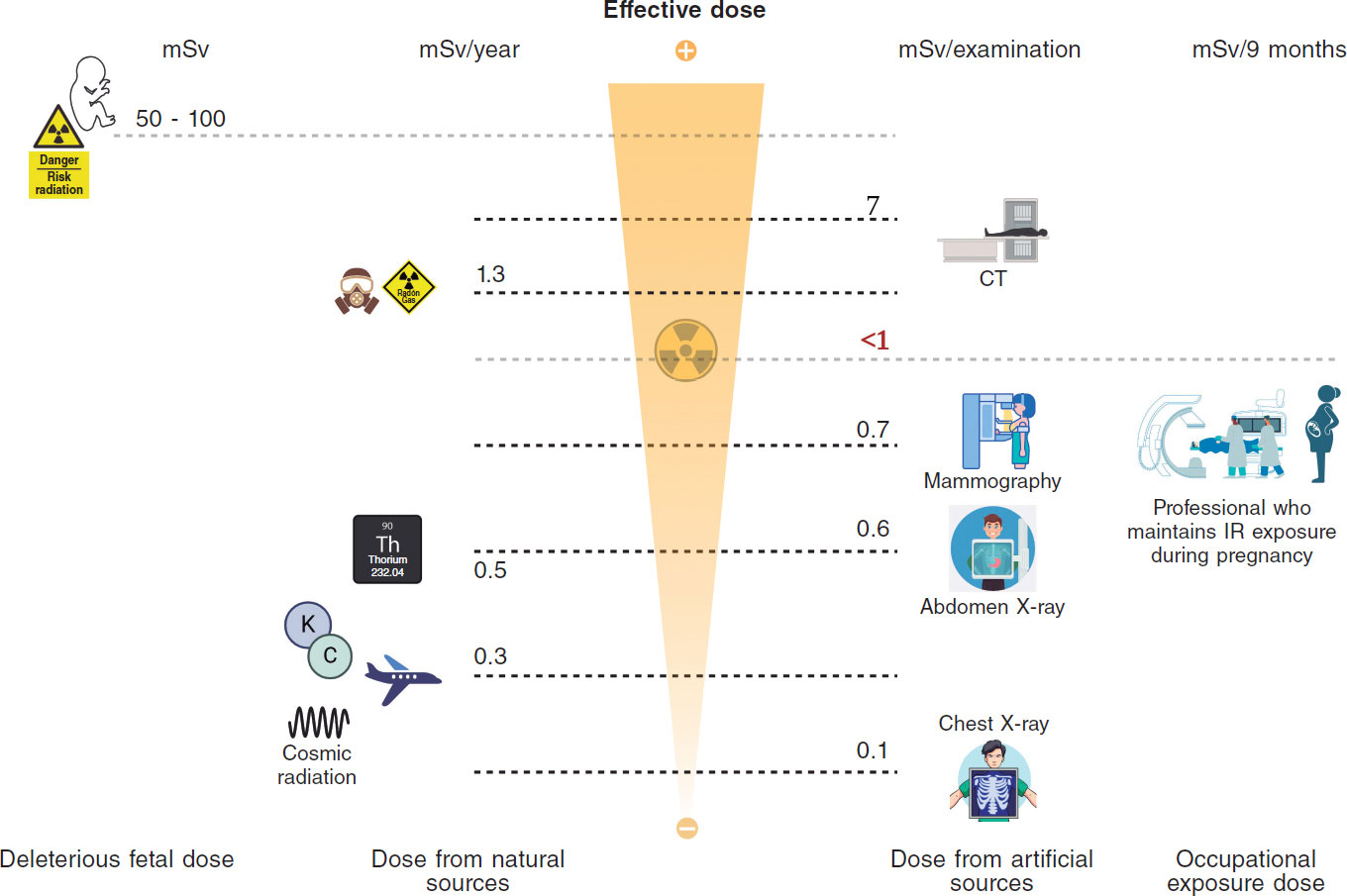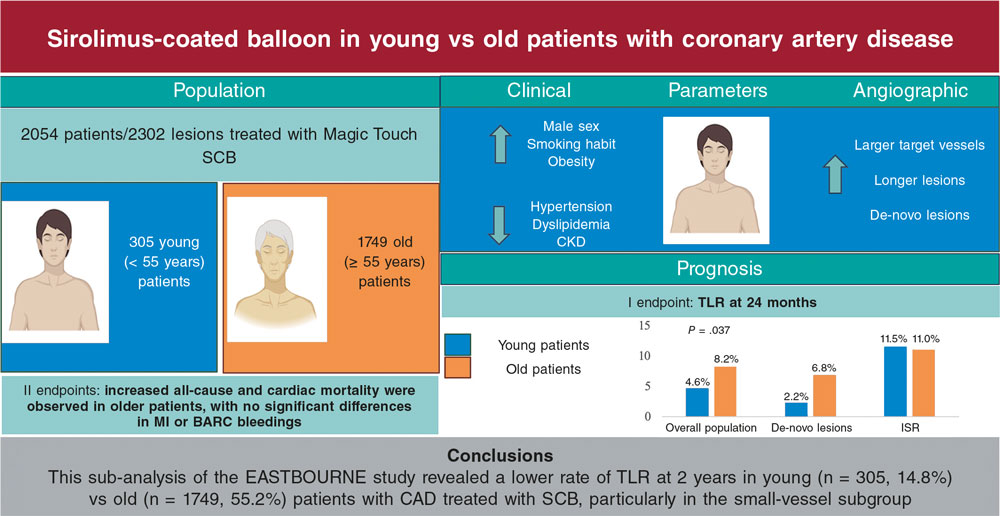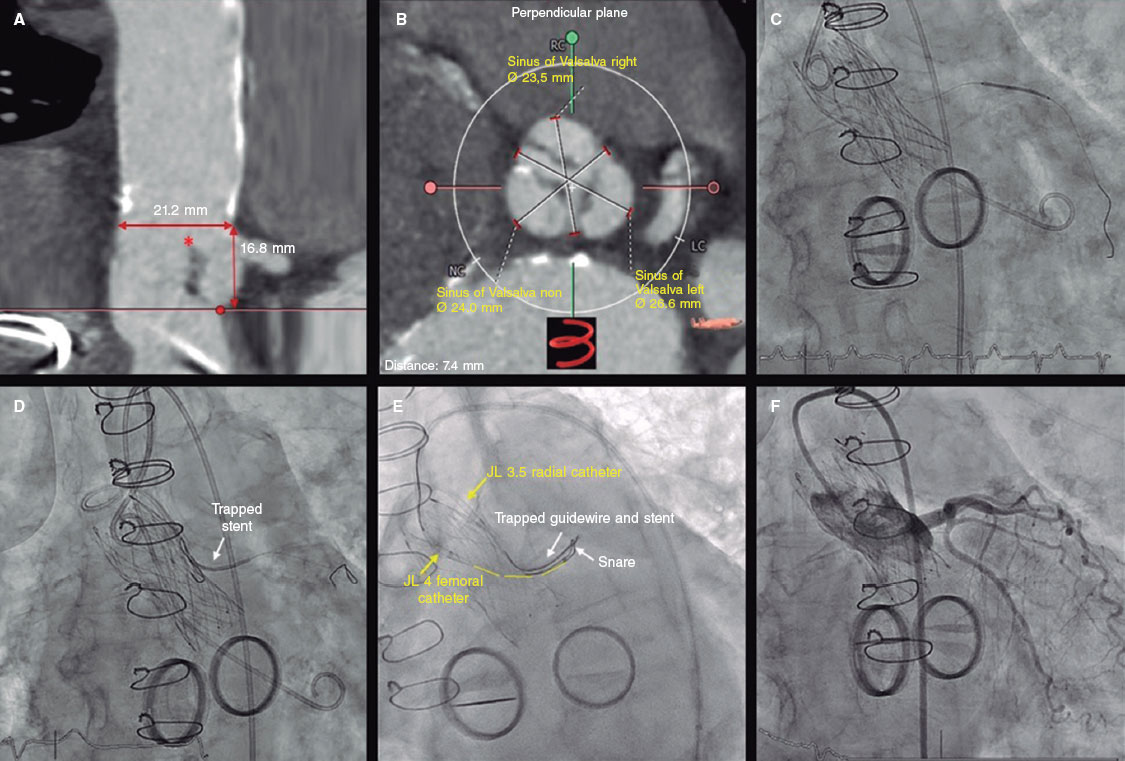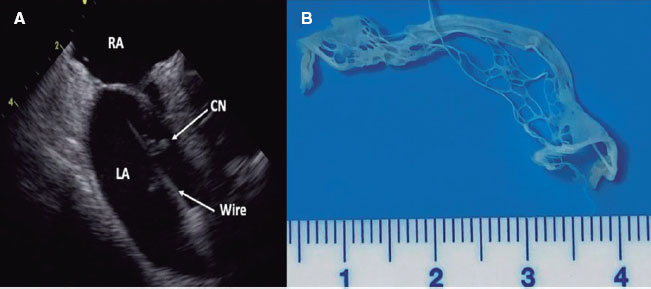To the Editor,
Currently, transcatheter aortic valve implantation (TAVI) is the treatment of choice for most patients with severe aortic stenosis. Due to the anatomical proximity of the conduction system to the aortic valve, the development of cardiac conduction disorders is a common finding after the procedure, being the most severe complete atrioventricular block (CAVB) and the most common left bundle branch block (LBBB), with incidence rates from 4% up to 60%.1 The latter has been associated with a worse prognosis in observational studies.2
Based on this, European scientific societies have developed a protocol for the management of post-TAVI conduction disorders.3 However, the clinical utility of the practical implementation of this protocol has not been evaluated to date.
We conducted a retrospective analysis with 337 patients treated with TAVI at our center from September 2021—when the European clinical practice guidelines algorithm for post-TAVI conduction disorders was systematically implemented—through March 2023. We recorded the rate of conduction disorders, their management, and, in cases where a pacemaker was implanted, the rate of ventricular pacing 30 days after implantation. Continuous variables are expressed as mean and standard deviation, and the qualitative ones as proportions. Regarding inter-group differences, the Kaplan-Meier method was used to construct survival curves at the 18-month follow-up based on whether patients were implanted or not with a pacemaker. The study was approved by the A Coruña-Ferrol Research Ethics Committee.
Table 1 shows the patients’ baseline characteristics: most were women (55%), the mean age was 82 years, most patients (61.4%) were in New York Heart Association (NYHA) functional class III and had an intermediate surgical risk (Society of Thoracic Surgeons Score, 4.14%). LBBB and RBBB (right bundle branch block) were reported in 14.2% and 14.5% of patients, respectively.
Table 1. Baseline characteristics of the patients (n = 337)
| Age, years | 82.00 ± 5.9 |
| Sex, women, n (%) | 186 (55%) |
| Hypertension, n (%) | 284 (84%) |
| Diabetes, n (%) | 93 (28%) |
| Dyslipidemia, n (%) | 227 (67%) |
| Previous myocardial infarction, n (%) | 32 (9.5%) |
| Previous coronary artery bypass graft, n (%) | 20 (6%) |
| Previous aortic surgery, n (%) | 27 (8.1%) |
| Previous atrial fibrillation/flutter, n (%) | 137 (40.7%) |
| Previous cerebrovascular disease, n (%) | 31 (9.2%) |
| Previous pacemaker, n (%) | 27 (8%) |
| Glomerular filtration rate (mL/min) | 52.95 ± 19 |
| NYHA III-IV, n (%) | 214 (63.5%) |
| Angina, n (%) | 76 (22.6%) |
| Baseline conduction disorders on the ECG, n (%) | |
| No | 191 (56.7%) |
| Left bundle branch block | 48 (14.2%) |
| Right bundle branch block | 49 (14.5%) |
| Aortic valve area, cm2 | 0.65 ± 0.19 |
| Maximum aortic gradient, mmHg | 81.40 ± 22.6 |
| Mean aortic gradient, mmHg | 48.58 ± 15.1 |
| Severe aortic regurgitation, n (%) | 20 (5.9%) |
| Left ventricular ejection fraction, % | 58.80 ± 12.3 |
| Euroscore II (%) | 3.70 ± 2.6 |
| STS score (%) | 4.14 ± 2.7 |
|
NYHA, New York Heart Association; STS, Society of Thoracic Surgeons. |
|
A balloon-expandable valve was implanted in 84% of patients (283/337), and a self-expandable one in the remaining 16% (54/337). After TAVI, 20.5% developed PR interval prolongation, and 27.3%, LBBB. An electrophysiological study (EPS) was deemed necessary in 36 patients (10.7%). Figure 1 illiustrates that pacemakers were implanted in 53 patients (15.7%) during hospital admission, with the most common indications being CAVB (35 patients, 10.4%), a positive EPS defined as an HV (His-ventricular) interval > 70 ms (10 patients, 3.3%), RBBB with additional conduction disorders (6 patients, 1.8%), and sinus dysfunction (2 patients, 0.6%). The rate of ventricular pacing 1 month after implantation was significantly higher in patients with a pacemaker indication due to CAVB vs those with a positive EPS (46.8% vs 5.43%; P = .0001). However, this difference did not reach statistical significance for pacemaker indication due to RBBB with additional conduction disorders (46.8% vs 32.9%; P = .831).

Figure 1. Management of post-TAVI conduction disorders. CAVB, complete atrioventricular block; EPS, electrophysiological study; HV, His-ventricular interval; LBBB, left bundle branch block; RBBB, right bundle branch block. * Although 11 EPS results turned out positive, 1 patient, awaiting pacemaker implantation, developed CAVB.
Regarding clinical events, after a mean 18-month follow-up, there were no statistically significant differences between patients with and without pacemaker implantation in terms of mortality (9.1% vs 10.3%; P = .969) or the composite endpoint of death, stroke, and hospitalization due to heart failure or infective endocarditis (20% vs 19.3%; P = .401).
Considering that before the protocol was implemented at our center, pacemakers were only implanted in the presence of CAVB, the introduction of the algorithm led to a significant increase in the pacemaker implantation rate, reaching 15% in this series. As seen, pacemaker indication due to CAVB was established in 10% of patients, a figure similar to the pacemaker implantation rate of our historical series,4 while in the remaining 5% of cases, pacemaker indication resulted from the application of the algorithm, particularly due to conduction studies.
In observational studies, the development of LBBB has been associated with a worse prognosis, especially when the QRS complex duration is > 160 ms2, assuming that this disorder could precede the onset of CAVB. Therefore, prolonged cardiac rhythm monitoring or EPS to determine the HV interval have been proposed as management alternatives. The use of conduction studies is based on small observational studies that have employed different cutoff points for the HV interval (55-100 ms). In the largest series to date, EPS was performed on 186 patients who developed post-TAVI LBBB, with pacemaker implantation being indicated if the HV interval was ≥ 70 ms and a subcutaneous Holter monitor if < 70 ms. Although no inter-group differences in mortality were reported, a higher rate of CAVB detection was described in the pacemaker group (53.2% vs 22.8%).5 A small study (n = 56) using an HV interval cutoff of 55 ms reported no syncopal events or sudden deaths in either group, with a CAVB detection rate of 10% in the Holter group vs 53% in the pacemaker group.6
Limitations of our study include, first, that it is a single-center registry with follow-up of a cohort and may have the inherent biases of such observational studies. Second, the findings come from our cardiology department routine clinical practice and may not be consistent with those from other units with different TAVI policies, particularly on the use of balloon- or self-expandable valves. Since most devices used in our cohort were balloon-expandable valves, results may not be applicable to other types of valves. Additionally, we used the HV interval—a static marker of conduction tissue function—which was only analyzed once after TAVI (usually 48-72 hours later).
In conclusion, currently, there are 2 possible strategies for managing post-TAVI conduction disorders: EPS or prolonged monitoring. Our center has implemented the strategy of performing EPS, which, while apparently safe—with no inter-group differences regarding clinical events—leads to a significant increase in pacemaker implantation rates. However, as noted, it is not clear whether this strategy is better than a different one based on long-term electrocardiographic monitoring. Therefore, it would be very interesting to compare the results of monitoring and electrophysiological studies, an approach already evaluated in the COME-TAVI clinical trial (NCT03303612) whose results expected by the end of 2026.
FUNDING
None declared.
ETHICAL CONSIDERATIONS
The study was approved by A Coruña-Ferrol Ethics Committee. Informed consent was deemed unnecessary due to the nature of this work. Sex and gender variables were considered in full compliance with the SAGER guidelines.
STATEMENT ON THE USE OF ARTIFICIAL INTELLIGENCE
No artificial intelligence was used in the preparation of this article.
AUTHOR’S CONTRIBUTIONS
D. López Vázquez was responsible for data acquisition and analysis, and manuscript drafting. X. Flores Ríos conceived the study and reviewed the manuscript. F. de Andrés Cardelle and C. Vidau Getán were involved in data collection. R. Calviño Santos and J.M. Vázquez Rodríguez reviewed the manuscript. All authors approved the final version.
CONFLICTS OF INTEREST
None declared.
REFERENCES
1. Auffret V, Puri R, Urena M, et al. Conduction Disturbances After Transcatheter Aortic Valve Replacement:Current Status and Future Perspectives. irculation. 2017;136:1049-1069.
2. Urena M, Webb JG, Eltchaninoff H, et al. Late cardiac death in patients undergoing transcatheter aortic valve replacement:incidence and predictors of advanced heart failure and sudden cardiac death. J Am Coll Cardiol. 2015;65:437-448.
3. Lilly SM, Deshmukh AJ, Epstein AE, et al. 2020 ACC Expert Consensus Decision Pathway on Management of Conduction Disturbances in Patients Undergoing Transcatheter Aortic Valve Replacement:A Report of the American College of Cardiology Solution Set Oversight Committee. J Am Coll Cardiol. 2020;76:2391-2411.
4. Vázquez DJL, López GA, Guzmán MQ, et al. Prognostic impact of coronary lesions and its revascularization in a 5-year follow-up after the TAVI procedure. atheter Cardiovasc Interv. 2023;102:513-520.
5. MassoulliéG, Ploux S, Souteyrand G, et al. Incidence and management of atrioventricular conduction disorders in new-onset left bundle branch block after TAVI:A prospective multicenter study. Heart Rhythm. 2023;20:699-706.
6. Knecht S, Schaer B, Reichlin T, et al. Electrophysiology Testing to Stratify Patients With Left Bundle Branch Block After Transcatheter Aortic Valve Implantation. J Am Heart Assoc. 2020;9:e014446.


